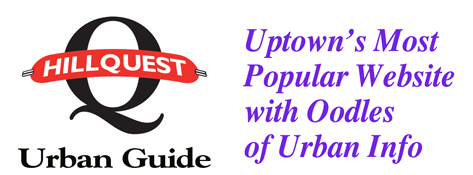Update:
In June 2018, attorney Everett DeLano filed a lawsuit on behalf of neighborhood group, Uptown United. In July, after several discussions, a settlement was reached with the following terms.
1. Robinson Avenue setback increased by 10 feet.
Instead of the building being located 12.5 feet from the curb, with a narrow 7.5′ sidewalk, the building will be 22.5 feet from the curb, with a 17.5′ sidewalk. Counting the “parkway” strip where some trees are planted, the pedestrian area will be as wide as 22.5 feet. This will allow residents of the project and all pedestrians a safe place to walk.
2. Building height will be 80 feet on Seventh Avenue.
This compares with 92 feet in the original design. This was accomplished by eliminating the tall ceilings in the top-floor units, and by modifying the roof design, in particular the parapet wall. The benefit to the neighborhood will be a smaller visual impact, and less shadowing.
3. Parking for workers mitigated.
The developer will rent parking spaces for the construction workers. This will avoid a situation in which the workers use up scarce street parking.
4. Walkway for the public.
The developer agreed that the walkway between the condominiums and the new ATT parking building will remain open to the public during the day. This will allow pedestrians to move more easily between the residential area on Seventh and the commercial area on Sixth.
5. Legal fees and costs.
The settlement requires the developer to reimburse Uptown United for expenses for the lawsuit. These include attorneys fees, court costs, and expert witness fees.
The original post…The project takes advantage of developer incentives that allow buildings to be taller, with less parking in exchange for affordable housing. Hillcrest 111 will include nine units specifically for very low income people, according to Jim Ivory of Greystar, a nationwide property development and management company that is developing Hillcrest 111.
Community activist organization, Uptown United, filed an appeal of the Planning Commission approval allowing the 92 foot development at the traffic clogged corner. The organization was not trying to stop the development. Their goal was to have the developer modify the project with setbacks and other revisions that would better compliment the surrounding area of one and two story buildings.
District Three Council Member Chris Ward, paved the way for Greystar Development by making a motion that was unanimously supported by fellow council members.

